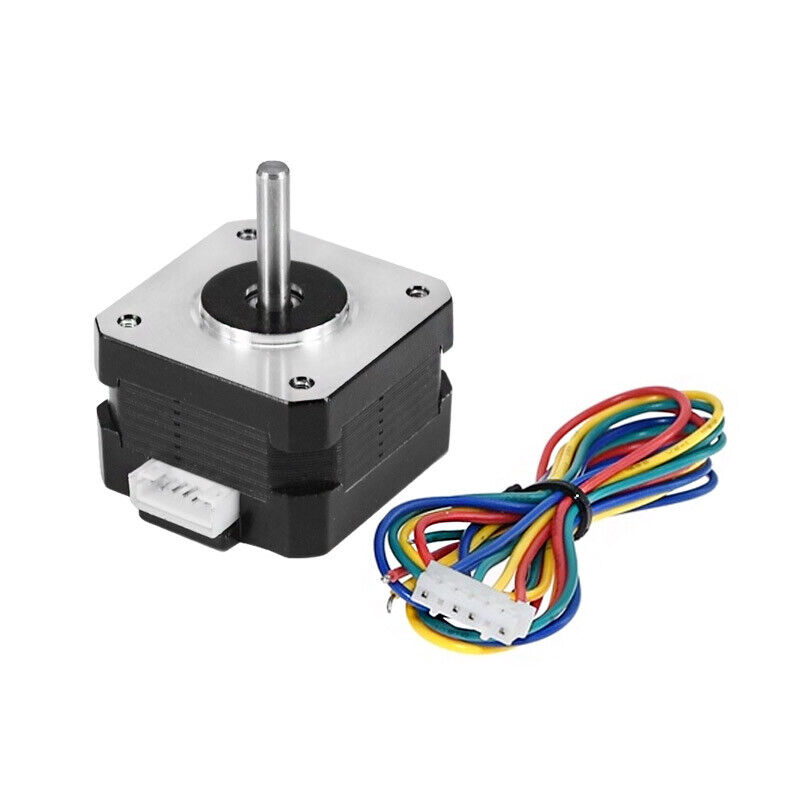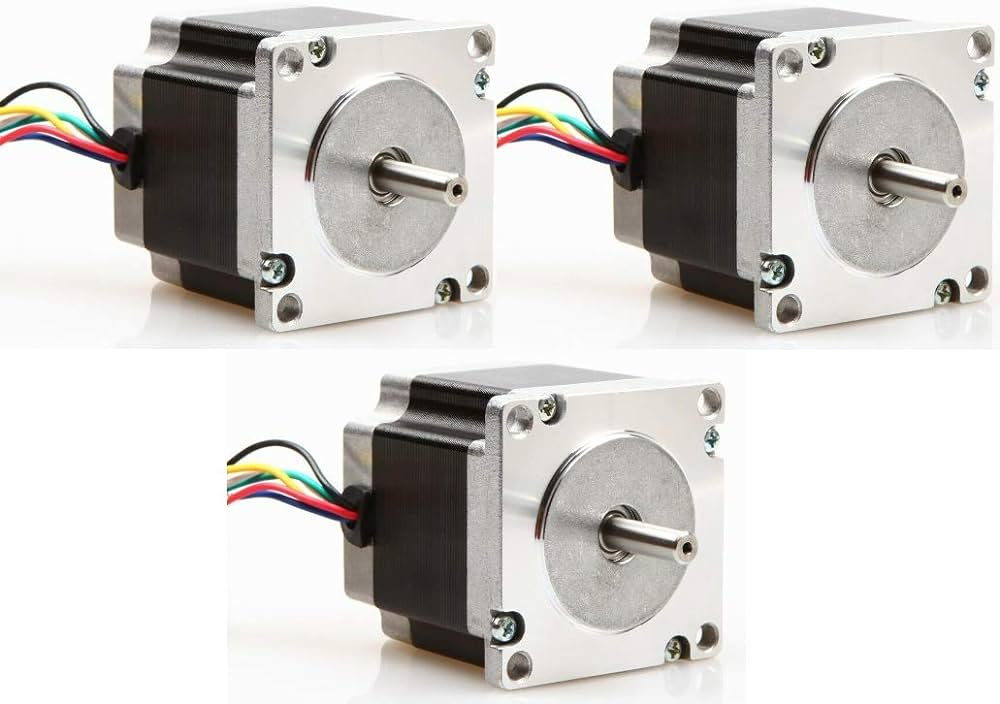Managing stepper motor waveforms is critical for optimizing performance. This article explores the mechanics of microstepping and current regulation techniques, highlighting recent innovations and practical uses across industries.
Understanding Microstepping and Its Influence
Microstepping revolutionizes the control of bipolar stepper motors by dividing the electrical angle into smaller segments. For instance, in 3D printing, microstepping enables precise layer alignment, resulting in smoother surfaces and finer details. Additionally, in robotics, microstepping allows for smoother joint movements, enhancing overall robot motion and accuracy.
Delving into Microstepping: Precision and Smooth Operation
Microstepping synthesizes current vectors at intermediate angles, resulting in precise positioning and reduced vibration. This approach improves motor performance while minimizing noise, ensuring smoother operation and finer control. For example, in CNC machining, microstepping enables intricate cuts and precise tool paths, leading to higher-quality finished products.
Techniques for Regulating Current
Slow Decay Mode:
Slow decay gradually decreases current between steps, maintaining stability and preventing overshoot. It ensures precise control by managing current levels effectively. In applications such as camera gimbals, slow decay helps maintain stable camera positioning, resulting in smoother video footage.
Fast Decay Mode:
Fast decay rapidly reduces current for swift transitions between steps, particularly beneficial in dynamic applications requiring rapid speed adjustments. For instance, in pick-and-place machines used in manufacturing, fast decay allows for quick repositioning of components, improving production efficiency.
Innovations in Stepper Motor Technology
Recent advancements include integrated driver solutions, closed-loop systems, and high-torque motors with improved rotor designs. These innovations enhance control accuracy, torque density, and overall efficiency, expanding the applicability of stepper motors in various industries.
For example, in medical devices such as insulin pumps, integrated driver solutions ensure precise drug delivery, enhancing patient safety and comfort.
Practical Applications of Stepper Motors
Stepper motors are indispensable in automotive manufacturing, aerospace systems, and consumer electronics. In automotive assembly lines, stepper motors precisely position components, ensuring seamless assembly and quality control.
In aerospace, stepper motors control critical functions such as flap movement and landing gear deployment, ensuring safe and precise aircraft operation. Additionally, in consumer electronics, stepper motors power mechanisms in printers and digital cameras, enabling precise movement and alignment.
Explore stepper motor and controller kit options here
Conclusion
The continuous evolution of stepper motor technology, coupled with innovative control methods, enables precise motion control across diverse applications. Understanding microstepping and current regulation techniques is essential for maximizing the capabilities of stepper motors in various industries.
By leveraging these advancements, engineers can design more efficient and reliable systems to meet the demands of modern manufacturing and automation.


